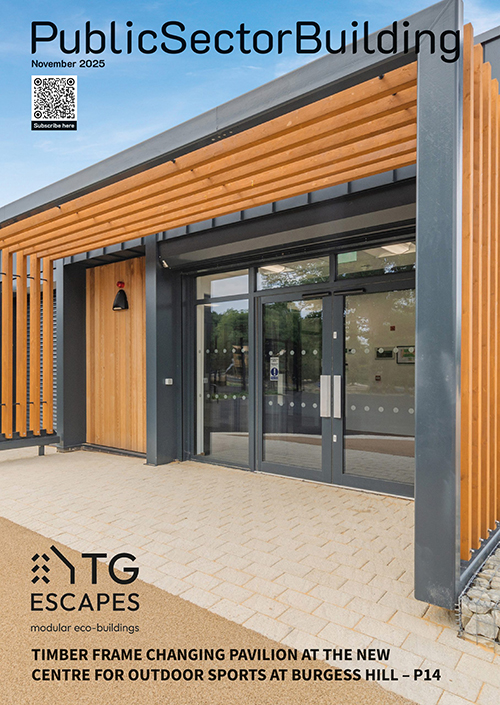Construction site hoarding is required by law to protect residents from falling victim to injuries that may arise from unauthorised entry into construction sites. Aside from the safety use case of site hoarding, hoardings are increasingly used for marketing the construction firm to potential clients. Hence, construction managers are looking for durable materials to strengthen their hoardings to keep intruders at bay and attract new customers through local advertisements.
Some materials used to make hoardings include concrete, timber, steel, foamex, and aluminium. Durability, cost, and printability are some properties that make foamex a choice for construction firms. The Foamex Printing Company considers what properties of foamex confirm its durability…

What is Foamex?
Foamex is an expanded PVC foam board commonly used for various applications, including construction site hoarding. It is made by combining PVC resin with a blowing agent that expands the material and creates a foam-like texture. The result is a lightweight, rigid, and versatile material that can be easily cut, shaped, and printed.
Foamex is a preferred material for hoarding on building sites due to its many advantages. It is best for temporary structures because installing and taking them down is simple. Foamex printed panels are easily cut to size and swiftly assembled, enabling a quick and effective installation process. Furthermore, it is weatherproof, which means it can tolerate exposure to the elements without degrading or changing shape. Due to Foamex’s resistance to the majority of chemicals and solvents, it can be used in challenging conditions.
Foamex has the additional benefit of being printable, allowing for customization with graphics, text, and logos. Because it can be used to advertise the project or present crucial information, this capability is very helpful for hoarding on construction sites. Foamex may be printed with high-quality and long-lasting graphics utilizing various techniques, including screen printing, digital printing, and UV printing.
There are many other reasons why engineers prefer to use foamex for hoarding. These include:
- Thickness: Foamex is available in various thicknesses, usually 3 to 10 millimetres. The Foamex hoarding panel will be more robust and rigid the thicker it is. To ensure the panel can survive the elements and probable impacts, it is advised to choose a thicker panel for hoarding on building sites.
- Fire resistance: Foamex can ignite when exposed to high heat or flames because it is not naturally fire-resistant. To increase its resistance to fire, it can be treated with fire retardant chemicals. It is crucial to confirm that the Foamex hoarding panel complies with local fire safety requirements.
- Sustainability: Foamex is a plastic material, which means it is not biodegradable and can be incredibly detrimental to the environment if it isn’t disposed of correctly. Nevertheless, it can be recycled and reused, making it a more sustainable option than other materials. Some manufacturers also use eco-friendly materials and production processes to reduce their environmental impact.
- Cost: Foamex is relatively inexpensive compared to other options like metal or concrete. The cost will depend on the size and thickness of the panels, as well as the printing requirements. However, it is generally more cost-effective than other materials, which can make it a popular choice for construction site hoarding.
- Maintenance: Foamex is easy to clean and maintain, which makes it a practical option for construction site hoarding. It can be wiped down with a damp cloth to remove dirt and debris, and any damaged panels can be replaced easily. However, it is essential to regularly check the hoarding for any signs of damage or wear and tear to ensure its continued effectiveness.
Limitations
However, there are also some limitations to using Foamex for construction site hoarding. One of the main concerns is its limited durability. Foamex can be brittle and crack or break if subjected to heavy impact or excessive force. It may also warp or deform over time if exposed to direct sunlight or extreme temperatures. To avoid these issues, ensure that the Foamex panels are properly installed and reinforced and that they are not subjected to any excessive stress or pressure.
Additionally, Foamex is not as durable as other materials, such as metal or concrete, which may be a concern for construction sites with high-security needs. Foamex can be cut or damaged with a sharp object, which could compromise the integrity of the hoarding. For sites with high-security requirements, it may be necessary to use a more robust material.
Conclusion
In summary, Foamex is a durable material that can be used for construction site hoarding. Its lightweight and printable properties make it an attractive option, while its resistance to weathering and chemicals makes it suitable for harsh environments. However, its brittleness and potential for warping may not be suitable for all construction sites. It is important to consider the specific needs of the site and the durability requirements of the hoarding before selecting a material.




